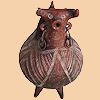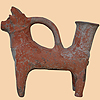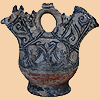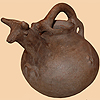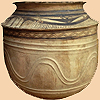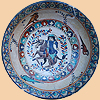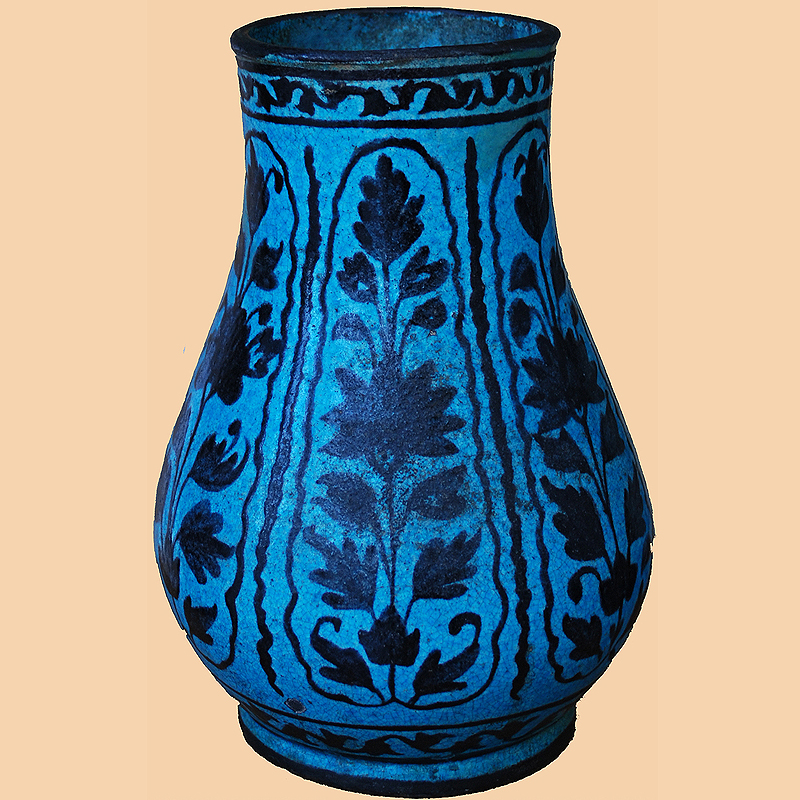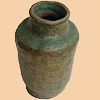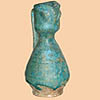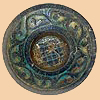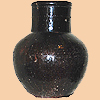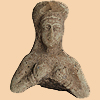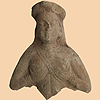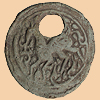|
History of Ancient Clay in Persia Elamite, about 1400-1200 BC (Iran)
Elamite, about 1400-1200 BC
From Susa, south-west Iran
One of many figures mass produced in moulds
This terracotta figurine was excavated at Susa in 1852 by W.K. Loftus. It is one of a series of some 200 essentially identical examples, all made in moulds. Some forty of these are now in the British Museum.
The figures are female and amply proportioned. They either wear jewelled briefs or, more probably, have stylized curls of pubic hair. They hold their breasts, betweeen which falls an elaborate pendant. The woman represented may be a goddess, perhaps associated with fertility since her sexual features are exaggerated.
A closely comparable figurine has been found at the site of Haft Tepe, also in Khuzistan. Haft Tepe was occupied, it seems, only during the fourteenth to thirteenth centuries BC, so any material found there can be relatively closely dated. At Susa the long tradition of making such figures continued into the first half of the second millennium BC, although examples of this date were much slimmer and were not shown wearing pendants.
The figurine belongs to the Elamite culture of south-western Iran, which reached unprecedented heights of political and military power late in the second millennium BC. Inscriptions began to be written in the Elamite language, which is still poorly understood. Artistically the culture was very rich.
|

